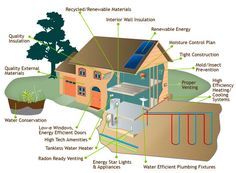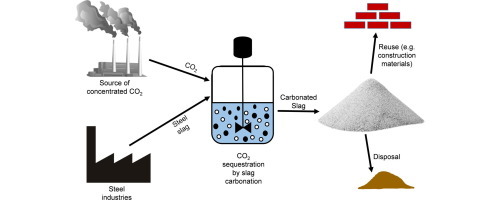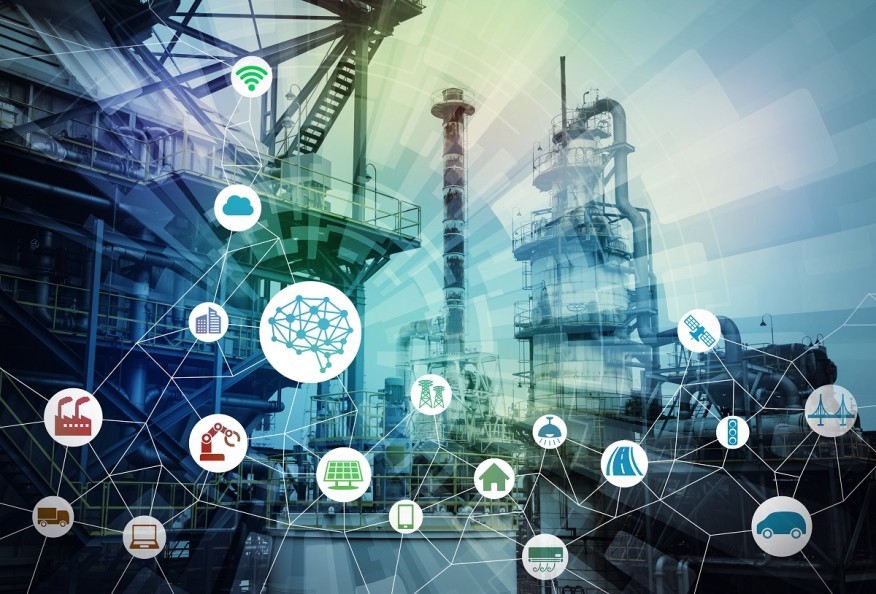
- Computer Aided Design (CAD) in design and planning
- 3D Printing to print materials specifically for a site
- Building Information Modelling (BIM)
- Drones for surveys and viewing large projects from different angles
- Cloud Technology
- Artificial Intelligence
- Robotics
- Wearable Technology
- Green Technology
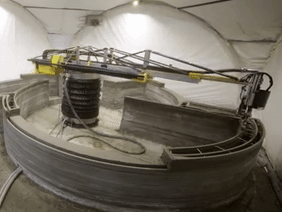
Building Information Modeling (BIM) is a 3D model-based computing system that provides architecture, engineering, and construction professionals with the insight and tools to more efficiently plan, design, construct, and manage buildings and infrastructure. This sytem can then give support for the use and maintenance of buildings throughout their entire lifecycle and even to demolition.
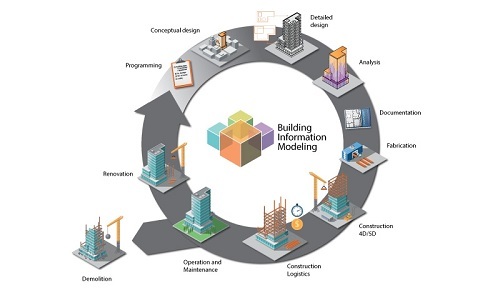
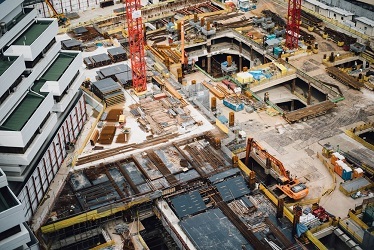
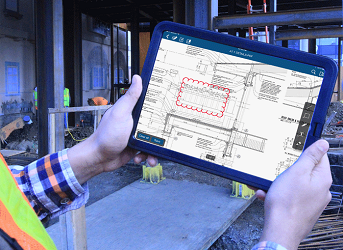
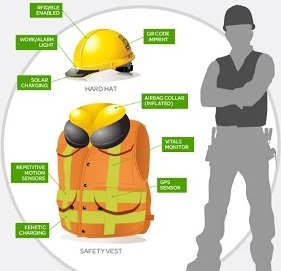
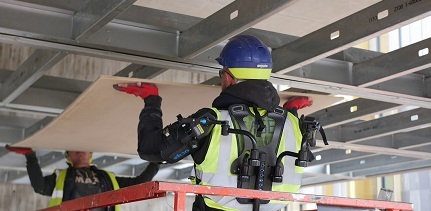
- small wind turbines or solar panels to generate electricity
- design of new buildings to benefit from geothermal power
- recycling of waste materials
- noise reduction on equipment
